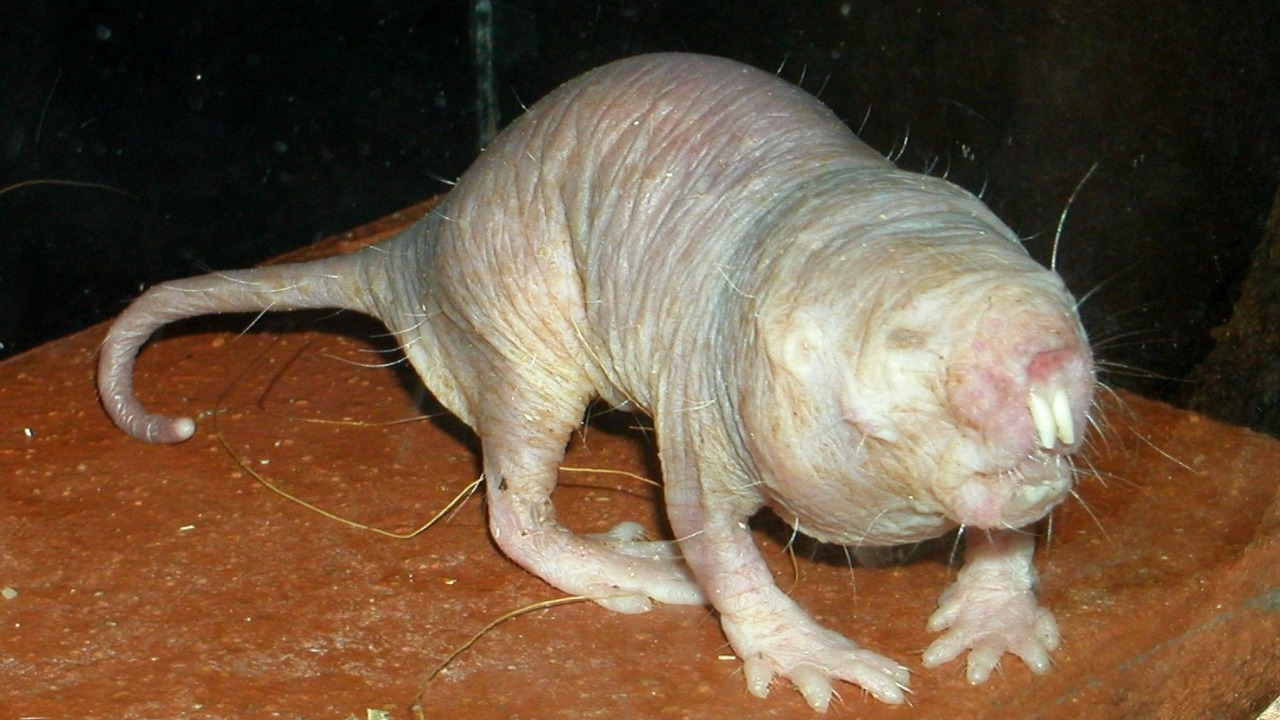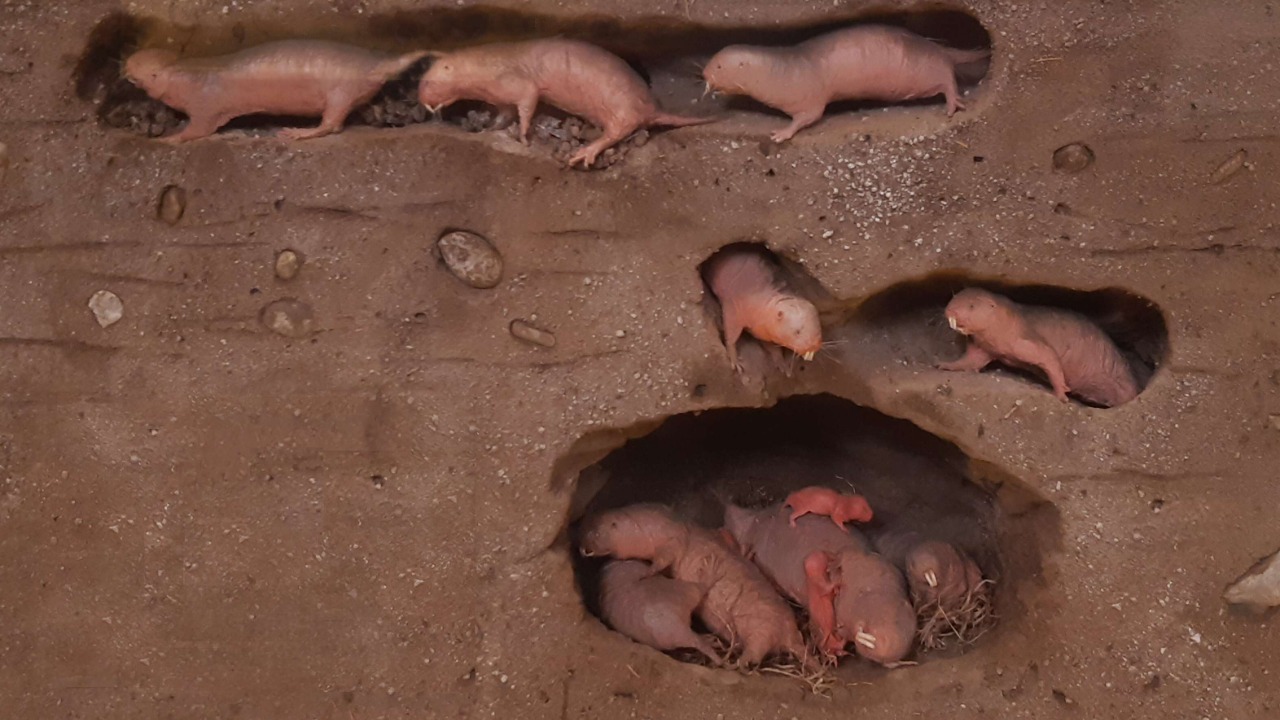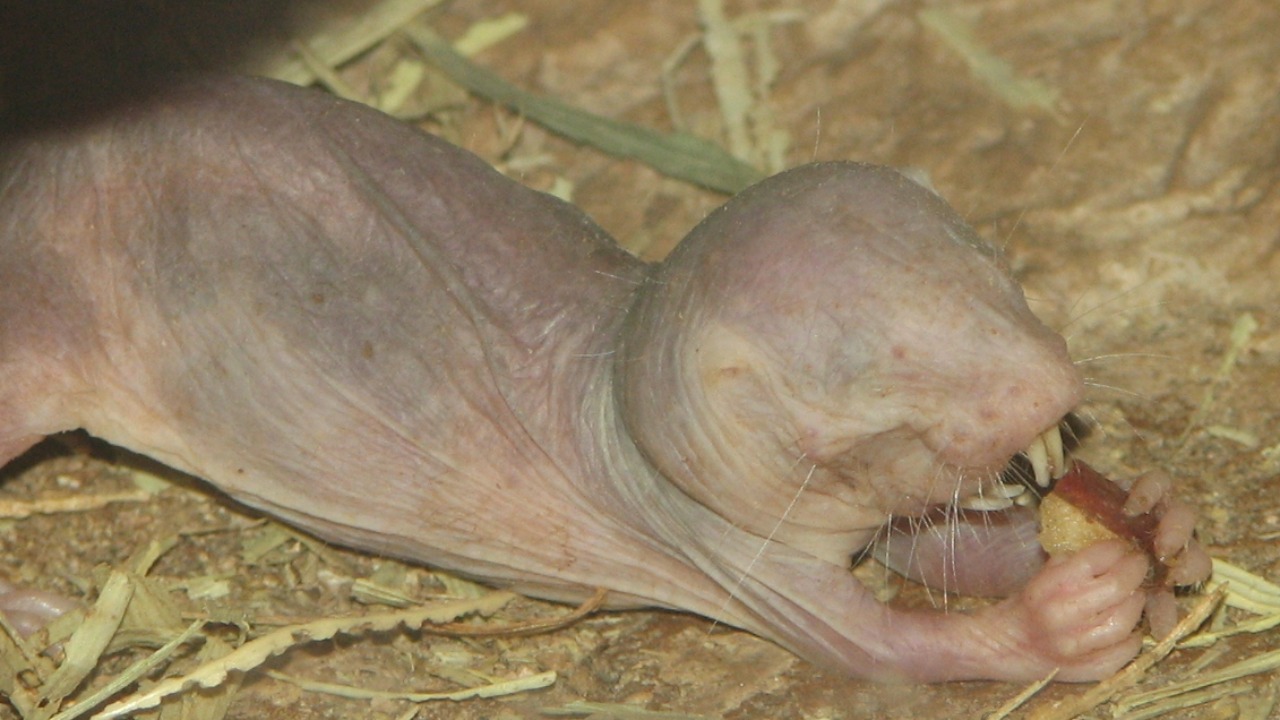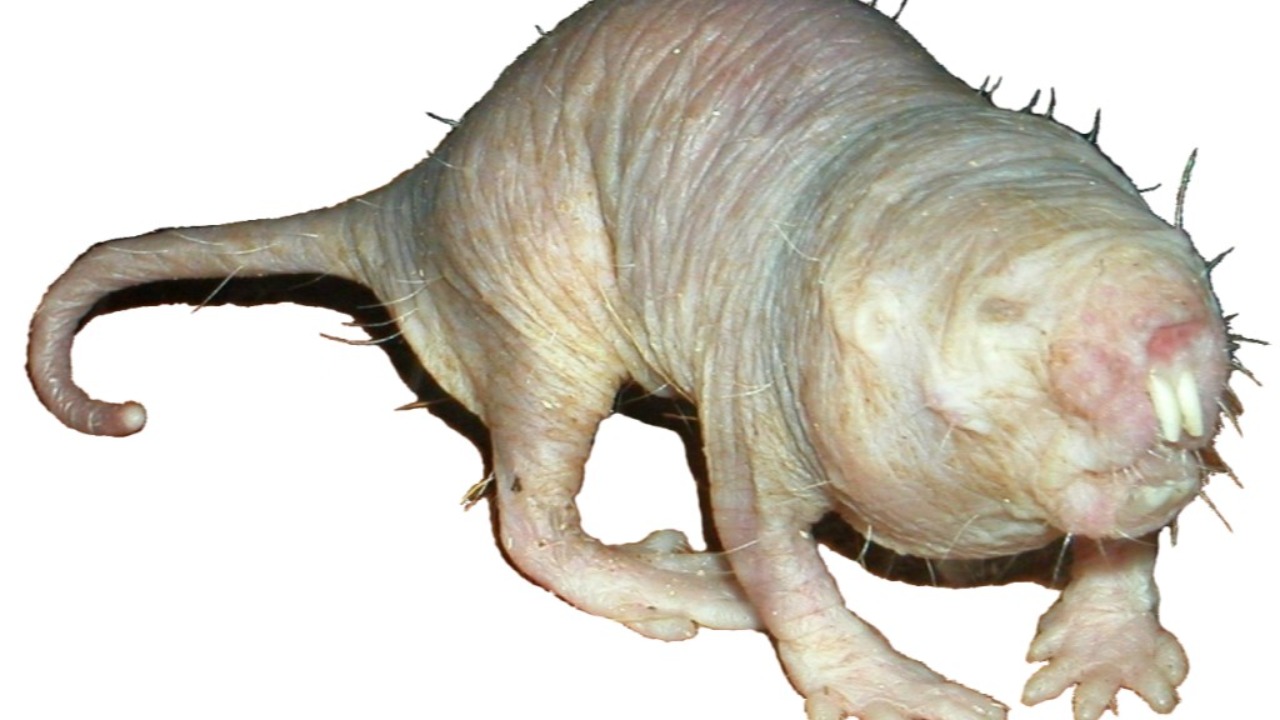
Naked mole-rats, small subterranean rodents native to East Africa, are renowned for their extraordinary longevity, living up to 41 years in captivity. This lifespan far exceeds that of similarly sized mammals like mice, which typically survive only 2-3 years. The naked mole-rats’ remarkable resistance to cancer and aging-related diseases is now attributed to superior DNA repair mechanisms. A 2024 study led by researchers at the University of Rochester revealed that these rodents have enhanced activity in the cGAS-STING pathway, which detects and repairs DNA damage more efficiently. This discovery suggests that naked mole-rats’ cells activate protective responses to DNA threats 10 times faster than in other rodents, potentially explaining their negligible senescence and tumor suppression.
Naked Mole-Rats’ Exceptional Lifespan and Health

Naked mole-rats routinely reach 30 years or more in laboratory settings without showing signs of typical age-related decline. This contrasts sharply with lab mice, which age rapidly after 18-24 months. Their longevity is not only a testament to their unique biology but also highlights their complete resistance to cancer. Over decades of study, zero tumors have been observed in more than 100 necropsies of both wild and captive specimens, underscoring their exceptional health profile [source].
These rodents’ eusocial colony structure, found in the arid regions of Ethiopia, Somalia, and Kenya, may have evolutionarily selected for robust cellular maintenance. Living in low-oxygen environments, naked mole-rats have adapted to conditions that favor efficient DNA repair and maintenance, contributing to their longevity and health [source].
Key DNA Repair Pathways in Naked Mole-Rats

The cGAS-STING pathway plays a crucial role in the naked mole-rats’ DNA repair capabilities. The cGAS protein binds to cytoplasmic DNA fragments resulting from damage or viral infections, triggering STING to activate repair genes more potently than in mice or humans. This enhanced pathway allows naked mole-rat cells to respond swiftly and effectively to DNA damage, maintaining genomic integrity [source].
Additionally, naked mole-rats exhibit enhanced nucleotide excision repair (NER), a mechanism that removes UV-induced or oxidative DNA lesions. Studies have shown that naked mole-rat fibroblasts repair damage 2-3 times faster than human cells in vitro, highlighting their superior DNA repair efficiency [source]. Furthermore, the presence of high-molecular-weight hyaluronan (HMW-HA) in their extracellular matrix suppresses inflammation and aids DNA stability, a feature unique to naked mole-rats among mammals [source].
Comparative Studies on DNA Damage Response

Comparative studies have demonstrated the exceptional DNA repair efficiency of naked mole-rats. Experiments exposing their cells to ionizing radiation revealed that they could repair double-strand breaks in under four hours, compared to over 12 hours in mouse cells. This rapid repair capability is a testament to their advanced cellular mechanisms [source].
The University of Rochester team conducted experiments using CRISPR to edit cGAS genes in naked mole-rat cells, confirming that disrupting this pathway reduces repair speed by 50%. This finding underscores the critical role of the cGAS-STING pathway in their DNA repair processes [source]. Observations from wild populations in Kenya further support these findings, as DNA integrity in tissues remains high even in animals over 25 years old, unlike the degraded DNA seen in aged lab rodents [source].
Implications for Human Aging and Disease

The insights gained from studying naked mole-rats have significant implications for human medicine. Researchers are exploring potential applications, such as mimicking cGAS-STING enhancements to combat age-related DNA accumulation that leads to cancer and neurodegeneration. These advancements could pave the way for new therapies to extend healthy human lifespans [source].
Ongoing research at the University of Rochester aims to transfer naked mole-rat repair genes into human cell lines, with the goal of developing therapies that could extend healthy lifespan by 20-30%. However, this endeavor is not without its challenges. Ethical and practical considerations must be addressed, as highlighted by the study’s lead author, Vera Gorbunova, who stated, “By understanding these mechanisms, we can unlock secrets to healthier aging” [source].